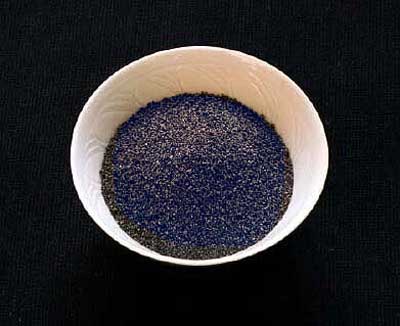
Poppy seeds are the seed of the opium poppy. They are improved by roasting and are used for thickening curries instead of cornflours or other starches.
The porbeagle or mackerel shark is a member of the shark family common in the Atlantic. It grows to 4 meters (13 ft) in length. It has good flavour and texture and is grilled in the form of steaks.
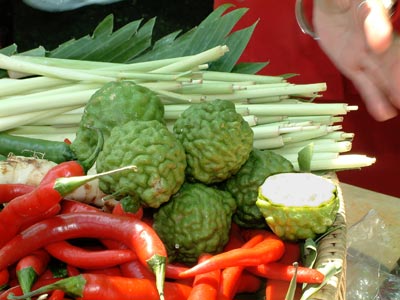
Kaffir lime. A dark green, round, bumpy citrus fruit which lightens in colour as it grows older. Both the leaves and the rind are used.
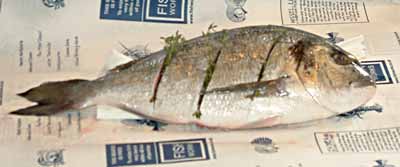
Sea bream (US: porgy, scup). A large family of fish which includes black sea bream, bogue, Couch’s sea bream (known as red porgy in North America), dentex, gilt-headed bream . They are usually sold weighing up to 1 kg (2 lb). All have a deep, narrow body, small mouth, big eyes, quite large, tough scales, a single, spiny dorsal fin and a black spot on the shoulder. They are good to eat cooked whole, stuffed and baked or braised.
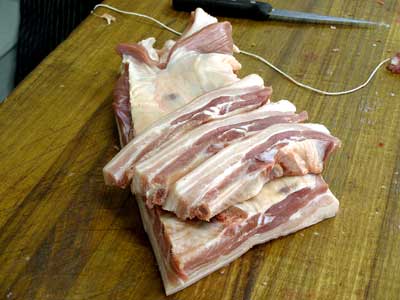
Pork belly is a primal cut from just above the primal loin. It provides spare ribs. Meat from the underside of the chest cavity and belly of the pig, roughly equivalent to breast of lamb. It has a large amount of fat with streaks of lean and is most commonly used in sausages, terrines and pâtés, but is actually delicious in its own right.
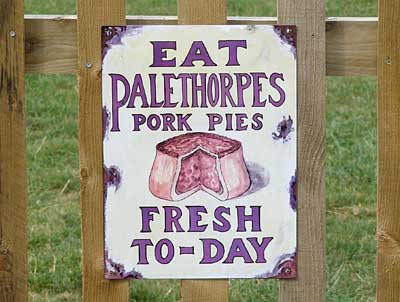
A good raised pork pie is a wonderful thing and they are enjoying something of a revival. They are called 'raised' because, instead of lining a bowl with pastry and then filling it with chunks of pork meat, the pork is placed on a flat disc of pastry which is then 'raised' around the meat. Using the fingers, the pastry is pulled up, a lid is put on, in which a hole is made, and stock from the cooking of the meat poured in. This sets as aspic around the meat. Good pork, well cooked, will produce a wonderful pie. Traditionally in England, a hard boiled egg was placed in amongst the meat so that when it was sliced, a round of egg white and yolk appeared. Pork pies are such a tradition in England that they were taken up into Cockney rhyming slang to indicate 'lies'.
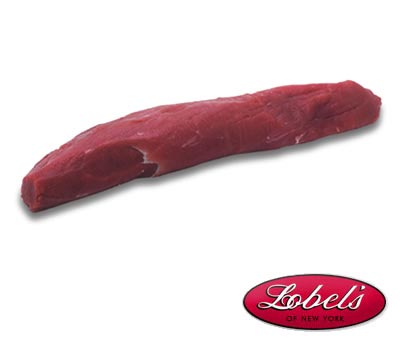
Pork tenderloin. To picture where the fillet comes from, think of chops all lined up, with the purely meaty bit in the middle all joined together. That is the fillet.
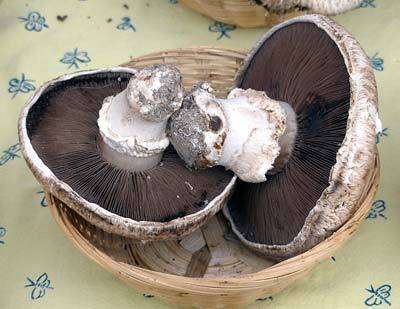
The portabella or chestnut mushroom is a form of the cultivated mushroom and look similar to the common white cap mushroom available in most supermarkets but with a beige to brown cap. They have a little more flavour and keep their shape well during cooking. Cultivated mushrooms are the mushrooms commonly found on sale and come in many forms. Button mushrooms are a ball-shaped, immature form of cultivated mushroom, harvested before the gills are exposed and which mature to an open cap style and then to flat mushrooms. There are brown and white forms, the brown being called brown mushrooms or chestnut mushrooms and, more recently, crimini mushrooms. A clever marketing strategy has been to give them Italian sounding names, including portobellini for small brown button mushrooms through to portobello or portabella for the larger brown mushrooms. Nonetheless, despite the numerous names, they are all forms of the basic cultivated mushroom. (If gathering mushrooms you must be absolutely certain what you have before you eat them as many are very poisonous.)

Beef cut. Steaks cut from wing end of sirloin. In the United States this is said to be the T-bone plus the tenderloin.